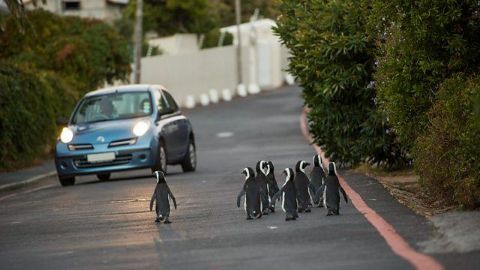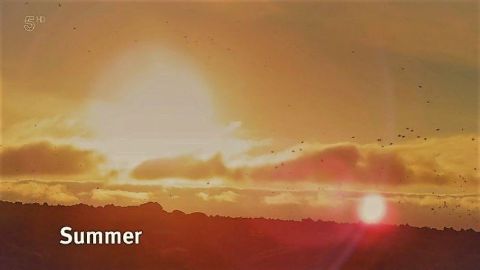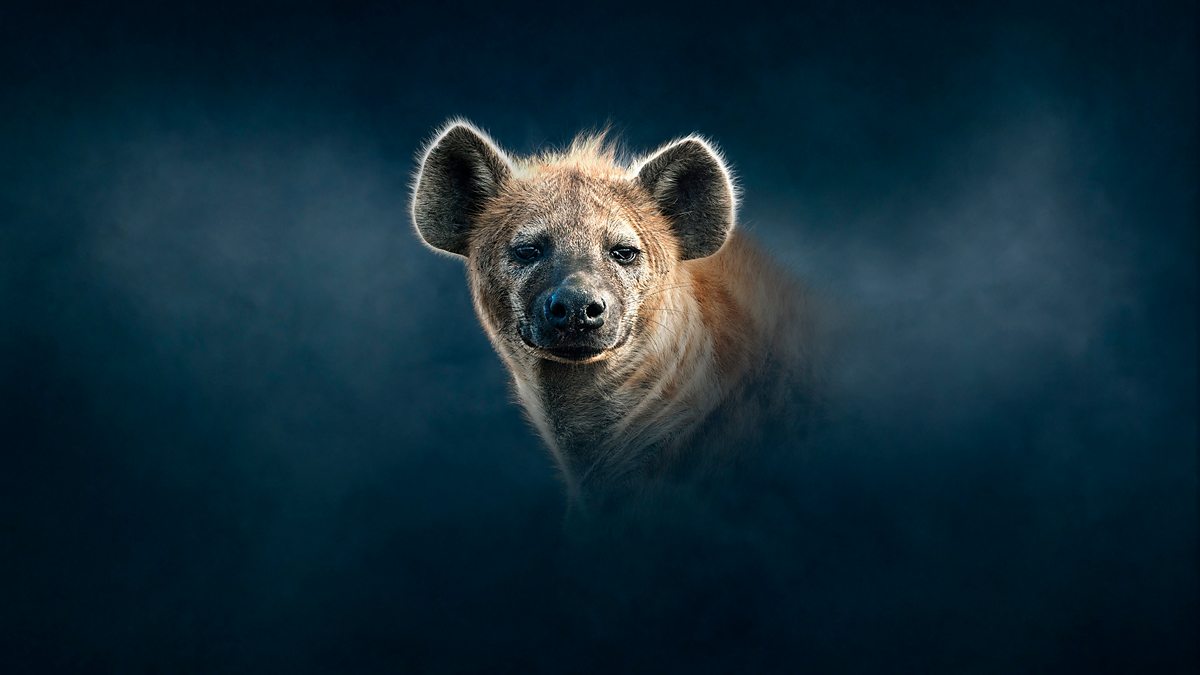Outcasts • 2018 • episode "S1E3" • Cities: Nature's New Wild
In the last 30 years the world's urban areas have almost tripled in size, changing at a rate wildlife has never experienced before. As cities are built, animals are pushed out of their natural homes. Their stories are the most surprising and captivating of all. Today, these 'wild outcasts' find themselves fighting for their place in a land that once belonged to them. In this episode we feature elephants in Sri Lanka and see that competition between them and humans for land and resources is resulting in deadly territorial conflicts, which demand solutions. And on the Pacific coast of Costa Rica we meet a troop of capuchin monkeys and learn how our behaviour is affecting them, and raising big questions about their future. But we also discover where we learn to live with wildlife as neighbours, and give it the space and resources it needs, it can thrive. The resulting relationships between human and animals can be mutually beneficial. We meet an Amsterdam heron called Kiri who has been visiting the same house twice a day for the last 17 years, befriending its owner, and the Florida manatees whose population has recovered to such an extent under the guardianship of local human residents that, in recent years, they have been taken off the endangered species list, and contributed to a massive boom in the local tourism industry. We meet the swiftlets who have evolved to live only in people's houses and specially built swiftlet hotels in Indonesia. And the surprising story of a population of tiny foxes on a Californian island whose presence benefits the hardened military personnel of a US naval base. This hopeful but realistic episode culminates with the return of charismatic ocean giants to the world's most iconic city, as humpback whales breach against the New York skyline.
Make a donation
Buy a brother a hot coffee? Or a cold beer?
Hope you're finding these documentaries fascinating and eye-opening. It's just me, working hard behind the scenes to bring you this enriching content.
Running and maintaining a website like this takes time and resources. That's why I'm reaching out to you. If you appreciate what I do and would like to support my efforts, would you consider "buying me a coffee"?
Donation addresses
BTC: bc1q8ldskxh4x9qnddhcrgcun8rtvddeldm2a07r2v
ETH: 0x5CCAAA1afc5c5D814129d99277dDb5A979672116
With your donation through , you can show your appreciation and help me keep this project going. Every contribution, no matter how small, makes a significant impact. It goes directly towards covering server costs.








